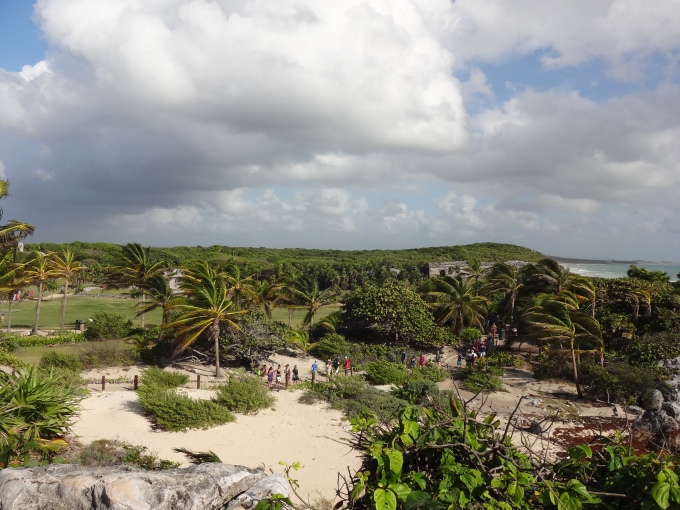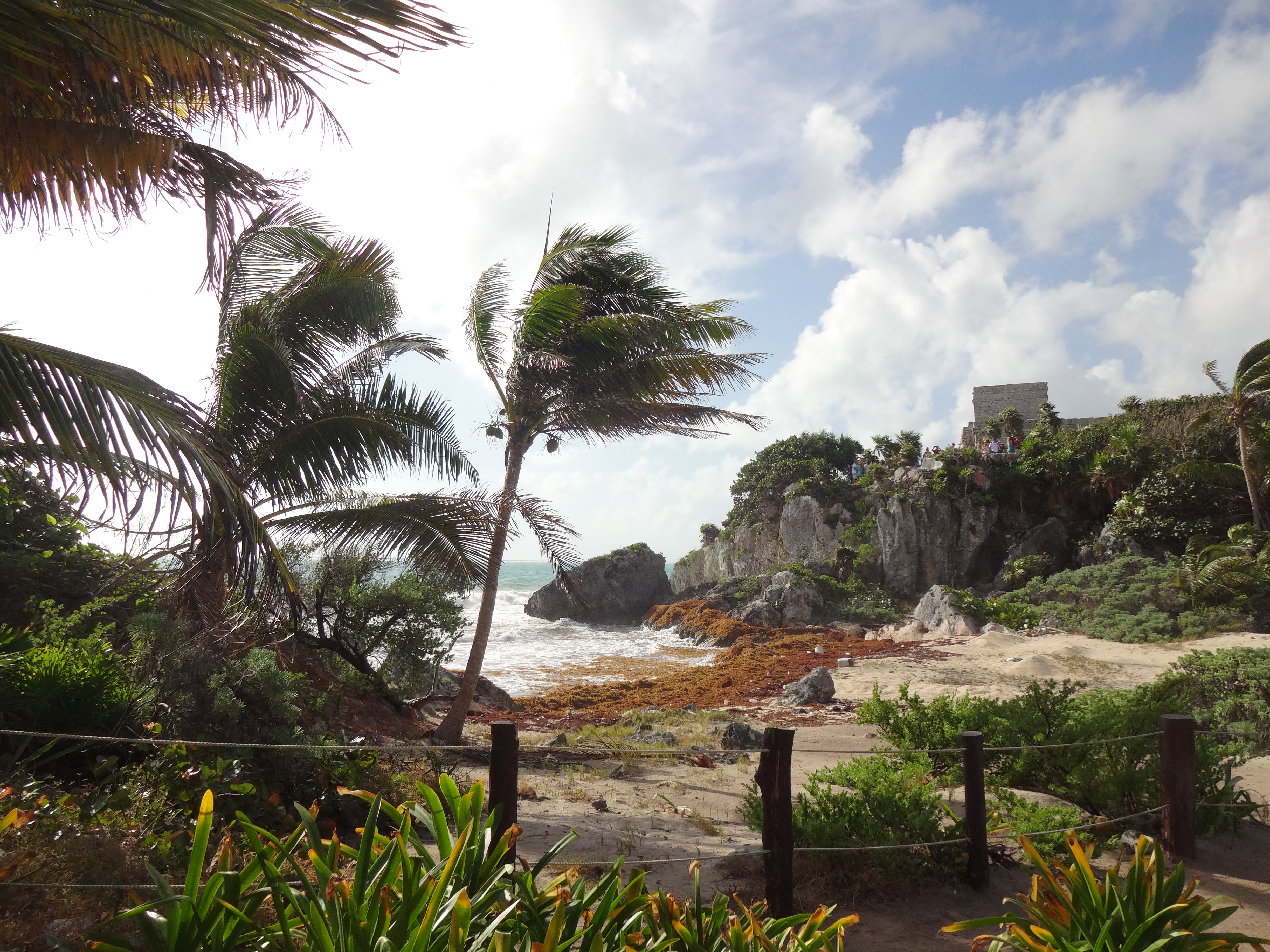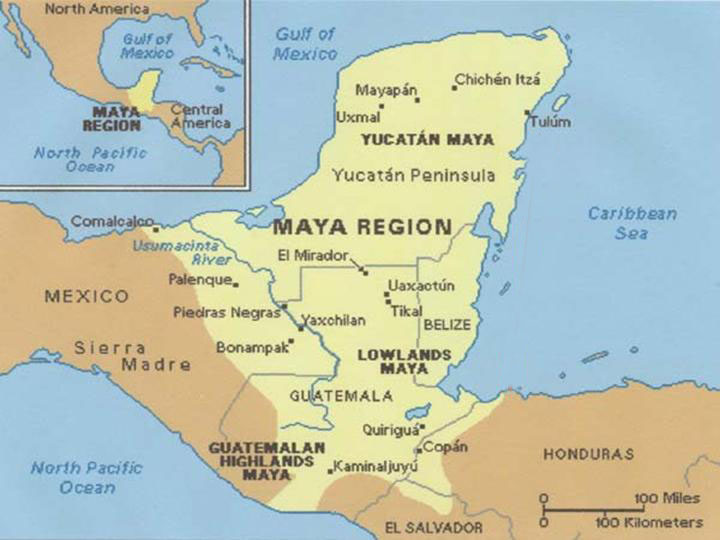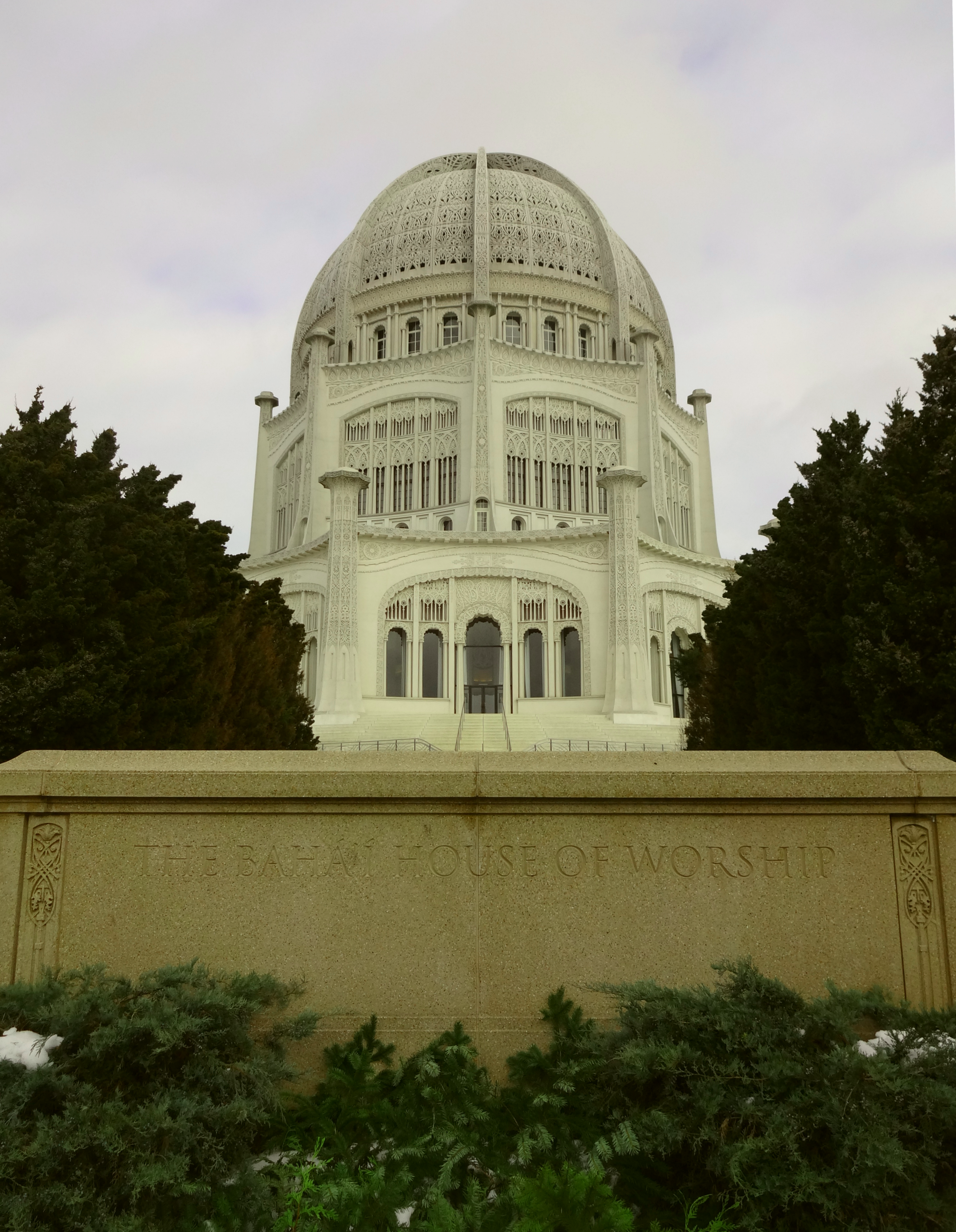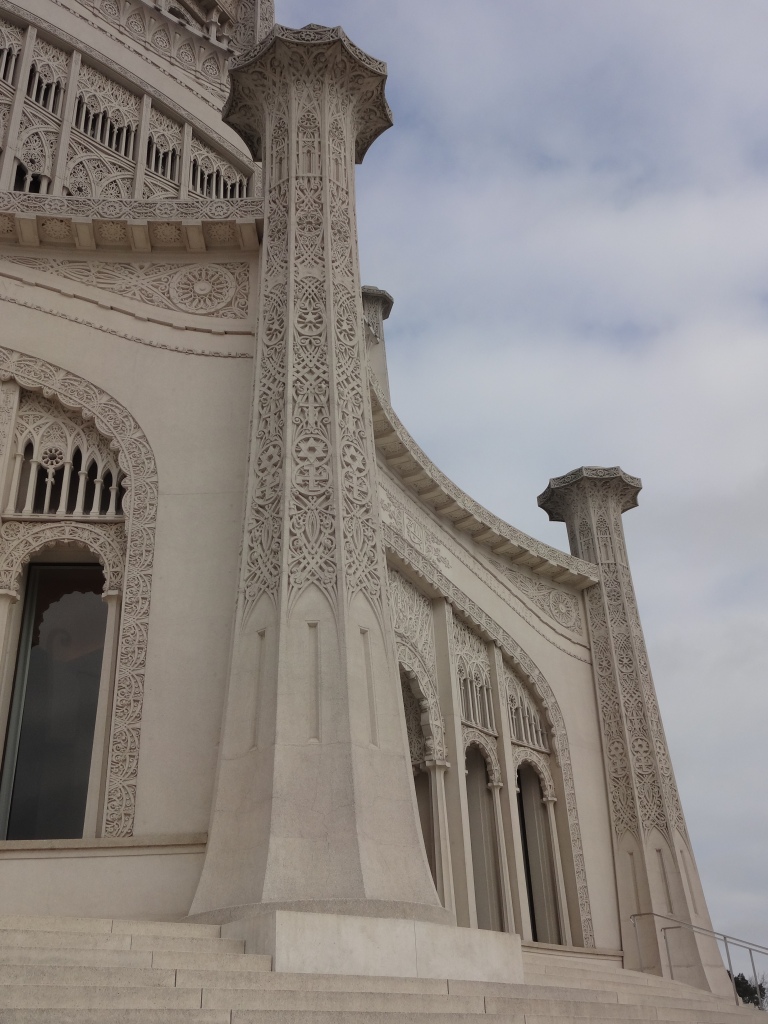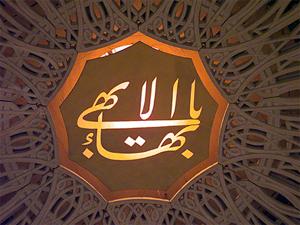The closest neighbouring prefecture to our city is Ehime. Ehime isn’t on our island of Kyushu, it’s actually on another island, Shikoku. The only reason we haven’t travelled there was because the quickest way to get there would be by driving onto a ferry that would take us across. Usually that wouldn’t be an issue, however the websites and ticket reservation processes were all in Japanese. We would also have to travel to the outskirts of the city to board this ferry, so this meant that you had to know your way around. Having leveled up in our Japanese speaking (i.e. we can ask for directions), we were confident that going on this trip would be fine.

Ferry route from Saganoseki, Oita to Misaki, Ehime. Photo courtesy of GoogleMaps
We also had to plan the itinerary. Again, usually this would not be a problem but Shikoku is the smallest of the four main islands of Japan, at just slightly more than 18000km2. It doesn’t have the world renowned sites of Kyoto and Nara, or the natural beauty of Hokkaido. Despite this, there were recommended places to visit so we tried our best to fit as many into our tight schedule as possible, even though many were far away from the main cities and the island is pretty mountainous for its small size.
We arrived at Misaki Port in Ehime on a scorching hot afternoon in the middle of Japan’s summertime. It was around a 2 hour drive to Matsuyama, Ehime’s capital city and our first stop. Even in the car with the air-conditioning on, we still could feel the sun through the windows and when we got out, we immediately start sweating profusely. Those whose Olympic sport is an outdoor one must feel like they are on fire right now. Don’t need to warm up guys, you’d be ready to go as soon as you exit a shaded area.
In Matsuyama, we visited 2 attractions, Matsuyama Castle was the first. Matsuyama’s castle is one of the main attractions in the city and certainly a decent place to visit. However, it was really hot that morning(33° C) and I think the heat made the experience a little less ideal. Inside were exhibits and details about the history of the castle and at the top level, visitors got to see a 360° view of the city.



The second place we went to visit was Dōgo (道後). It was an area of Matsuyama which had a few notable landmarks such as the Dōgo onsen, which is the oldest onsen in Japan, dating back over 3,000 years! The façade of the buildings were undergoing renovation when we visited, but the hot spring was still in operation. The temperature outside was sweltering so we were never going to pay to dip in hot water (we went for ice cream instead). The other attraction in this place was the old Dōgo train station. It had an industrial age feel and had a parked train which I initially thought was a replica model. However, upon some research I realised this train actually still runs!








Subsequently, we drove another 1.5 hours to the next prefecture – Kagawa. We had already made a stop in this prefecture when we visited Naoshima but this was the first time on the mainland. I didn’t know this before, but when we searched for famous food in Kagawa, udon appeared. Kagawa is the largest producer of udon in Japan and the people here adore it. Hence we had fair amounts of udon on this leg of the trip.
In between udon meals, we went to check out some of the places Kagawa had to offer. The first stop we made was Kotohiki Park to see a giant coin made of sand called Zenigata Sunae. Okay, this is probably one of the few times I would recommend against visiting a place. Even if a place was overhyped or warned of a potential bad experience, there usually would be some other things to make it an attraction. This place, in my opinion, was a waste of time. Why, you ask? Firstly, you would not be able to see the entire giant formation if you didn’t have a drone because there was no vantage point. Second, there was nothing else in the park except for bug catchers, which were all kids running around with big nets. Lastly, it was difficult to find and difficult to get to. Oh and did I mention? It was HOT. TLDR: don’t stop here unless you want to see nothing.


Left: what we were promised. Right: what we saw
We also went to a place touted for having the most beautiful sunsets in Japan, Chichibugahama. It means “Father and Mother’s beach” (not sure why).



Lastly, we went to Ritsurin Garden in Takamatsu, the capital city of Kagawa. On their website, it states that Ritsurin is “is the largest Cultural Property Garden in all of Japan” and the Michelin Guide rates this garden as 3 stars (I thought they only ranked food…?). It was a pleasant morning stroll but we left as soon as it became really hot.




Then, we headed for prefecture no.3 – Tokushima. This was the only prefecture that we didn’t stay a night in. We visited two sites during the day on our way to Kochi prefecture. They were the most unique places on our trip and certainly the most prominent in the prefecture. The first was Udatsu which was a street of Edo period houses and shops.



The second was a set of vine bridges in the Iya Valley… wait what? Ok, some context is needed. The Iya Valley is a large area at the heart of Shikoku’s mountain range. When we were there, we could tell that the main activities here were camping, hiking and river rafting as plenty of locals were engaged in those. The valley is flanked by steep slopes and the Iya river runs right through it. Before the advent of modern bridges, the inhabitants of the valley crossed this river via vine bridges. They are constantly maintained to ensure safety, but crossing them still seems rather precarious!
We also encountered a surprise while traversing the winding mountain roads. The village famous for its doll inhabitants is located in this valley. Dubbed ‘The scarecrow village’, Nagoro Village is a tiny settlement where life-sized dolls have outnumbered the human inhabitants. A bit bizarre and definitely creepy at night, we merely drove past and took a few photos. Read more here.









Rounding off the four prefectures was Kochi. We visited the castle, which was again a recommended spot. However, the streets surrounding the castle were bustling as well, which was a little different compared to other castles we visited in Japan. There is a market that runs only on Sunday which we didn’t manage to see, but there was a food market. The place reminded us of food centres in Singapore and Tsukiji Market in Tokyo. The specialty food for Kochi – seared Bonito sashimi.




Shikoku is not a place on everyone’s bucket list but it certainly has its own charm. A car is required if you want to visit but driving from city to city is very short compared to the other prefectures on bigger islands. Overall, I’m glad we made this trip despite the heat as there were places that existed only on the small island. When we took the ferry back across to Kyushu, we drove back home in no time at all. Going to Shikoku could even be a day trip if you started early enough. Maybe if there is a reason to, we would go again.

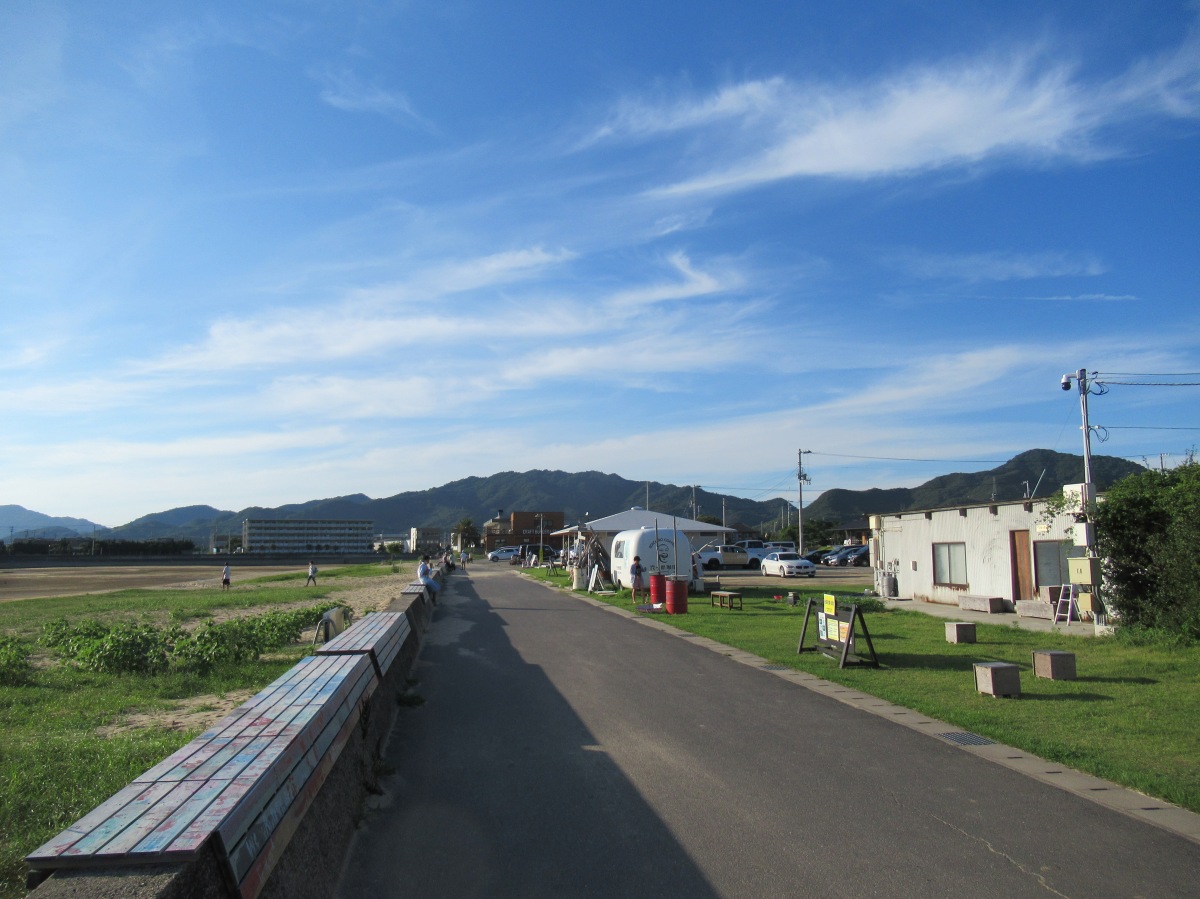
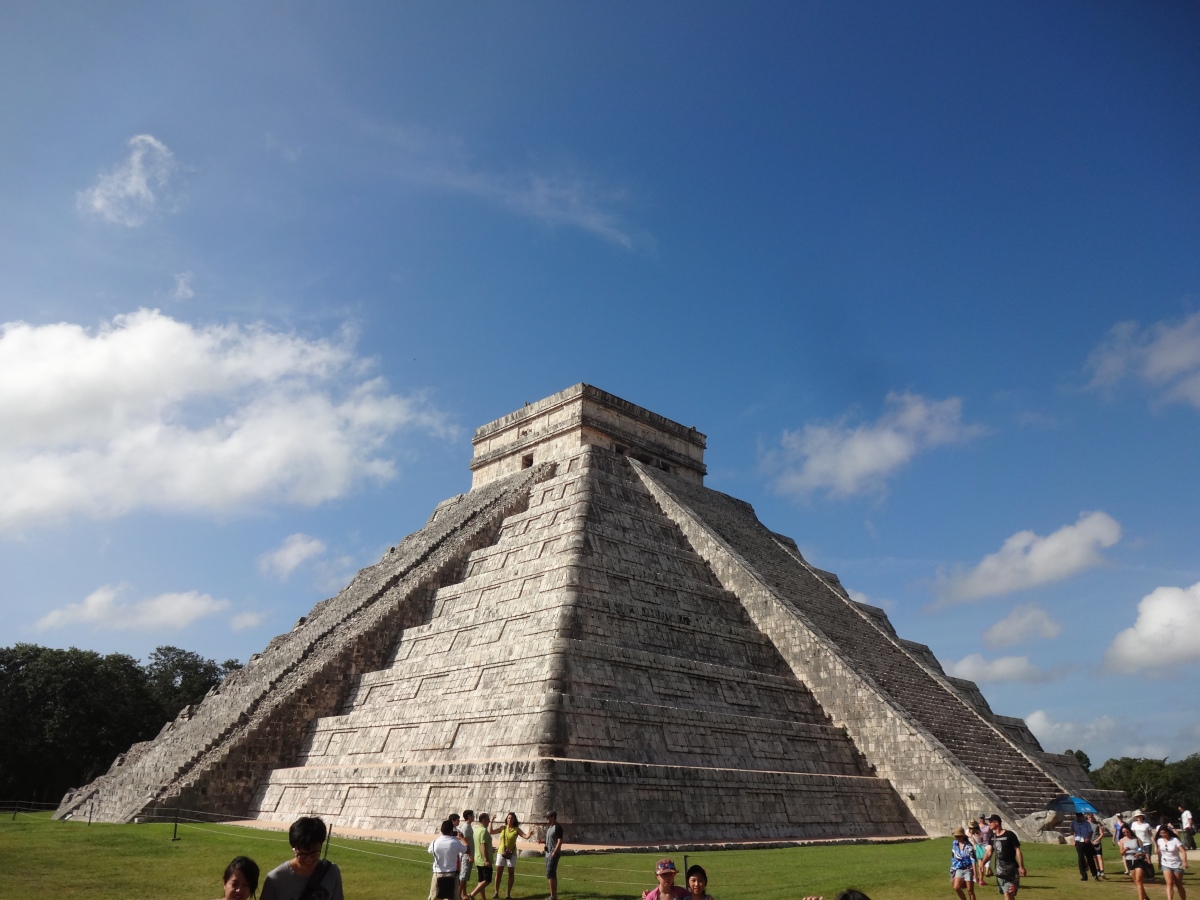
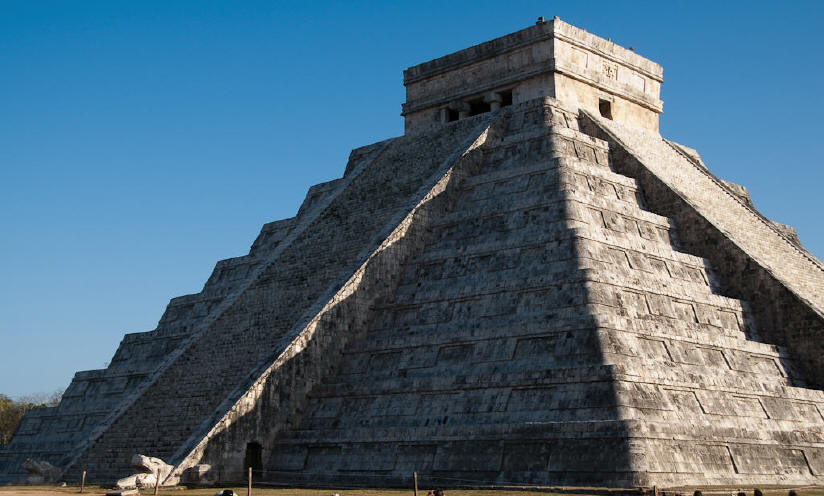 Kukulkan’s descent at equinox.
Kukulkan’s descent at equinox. 